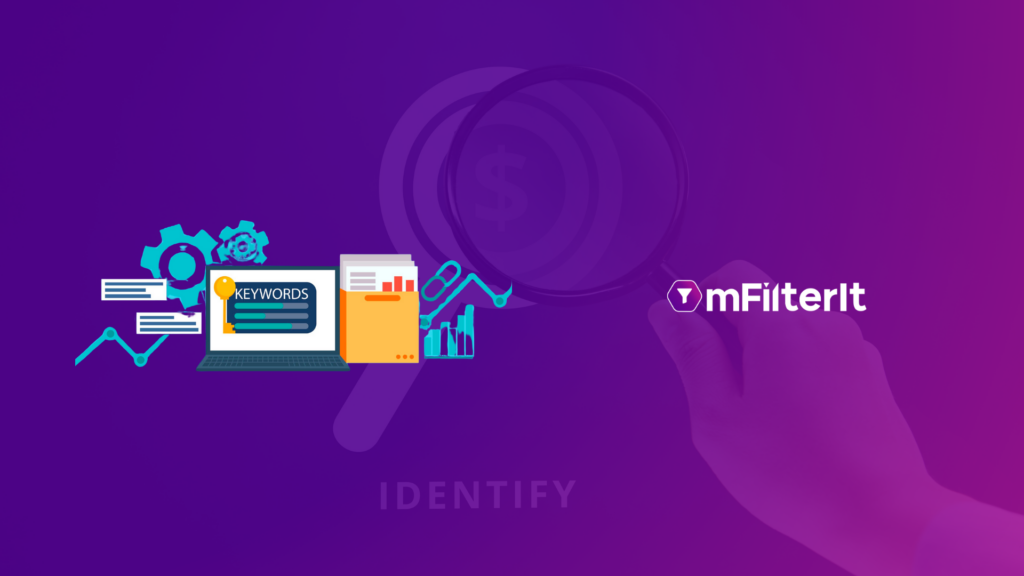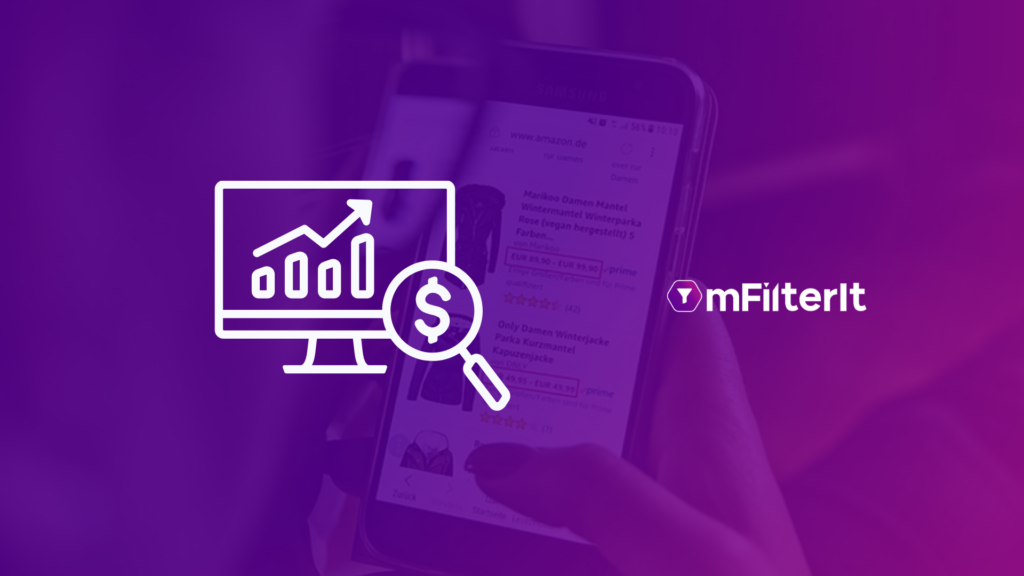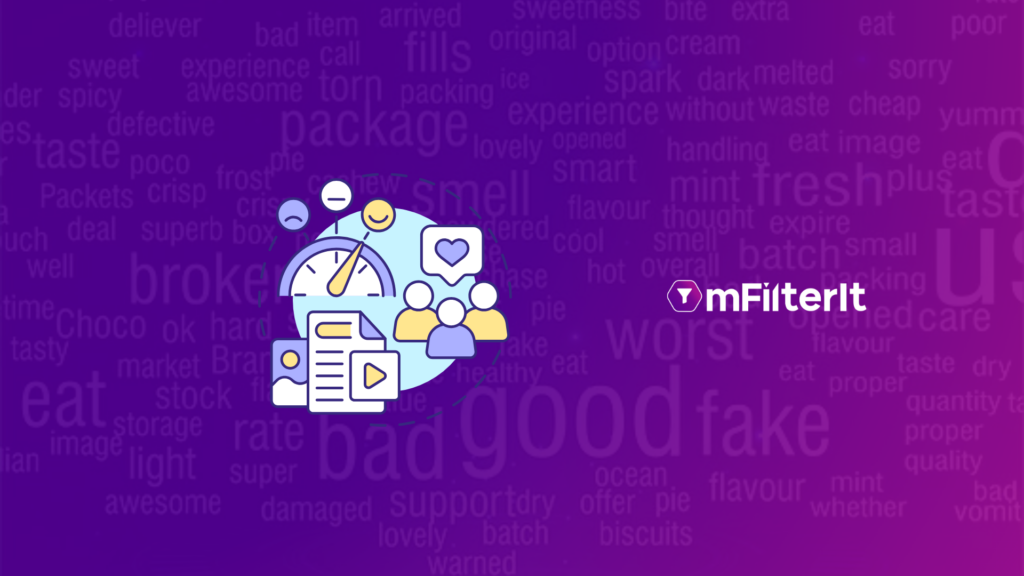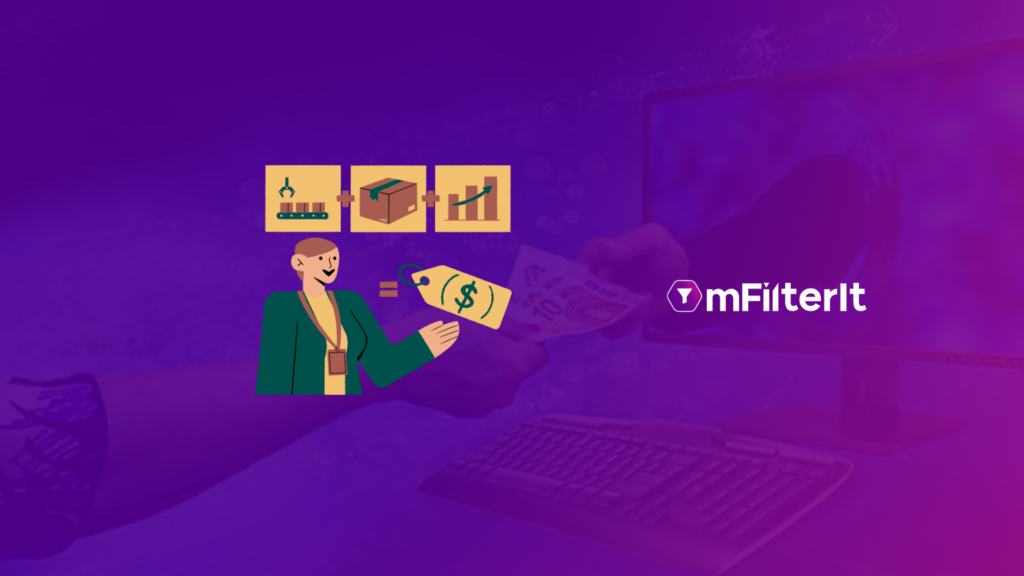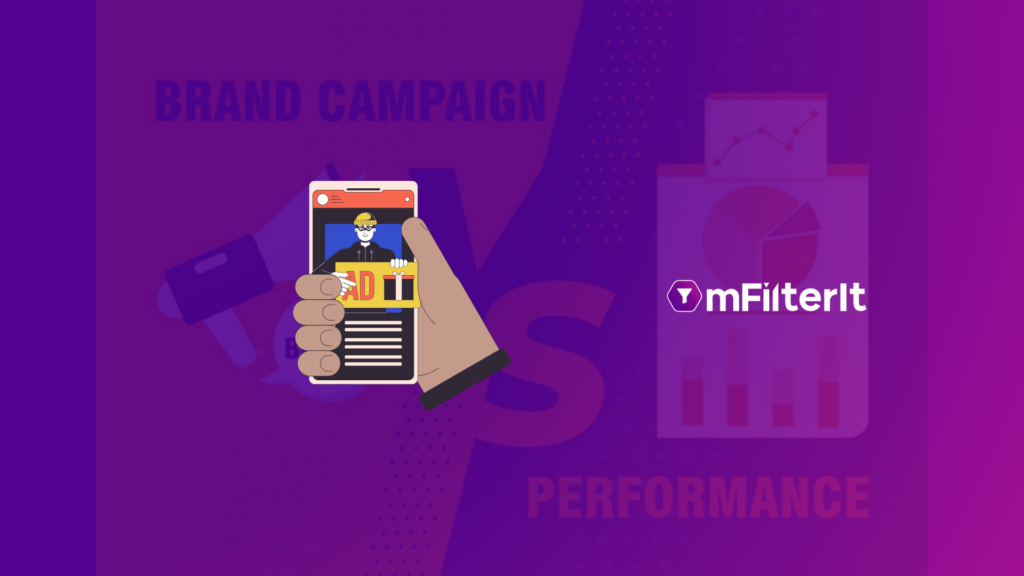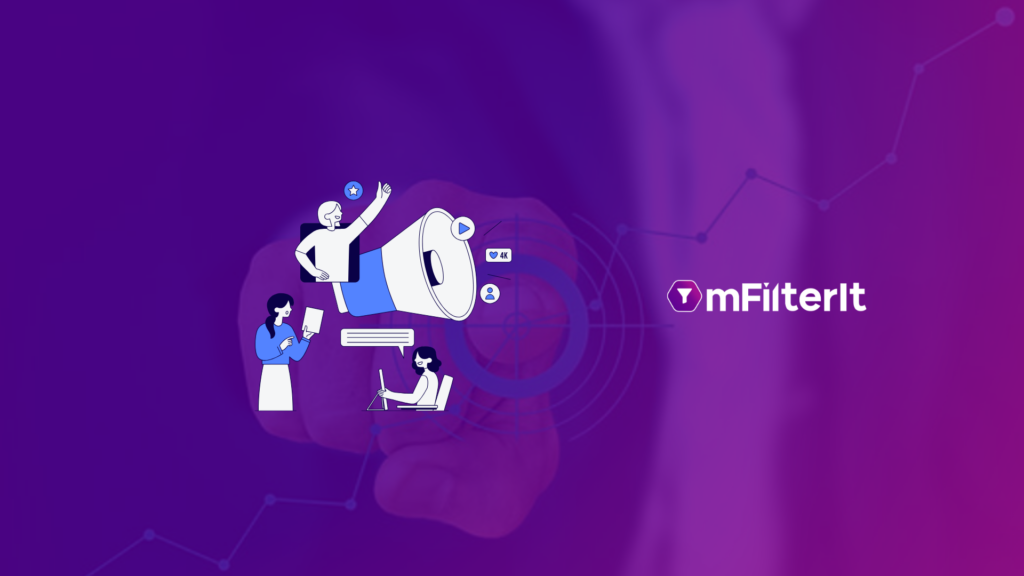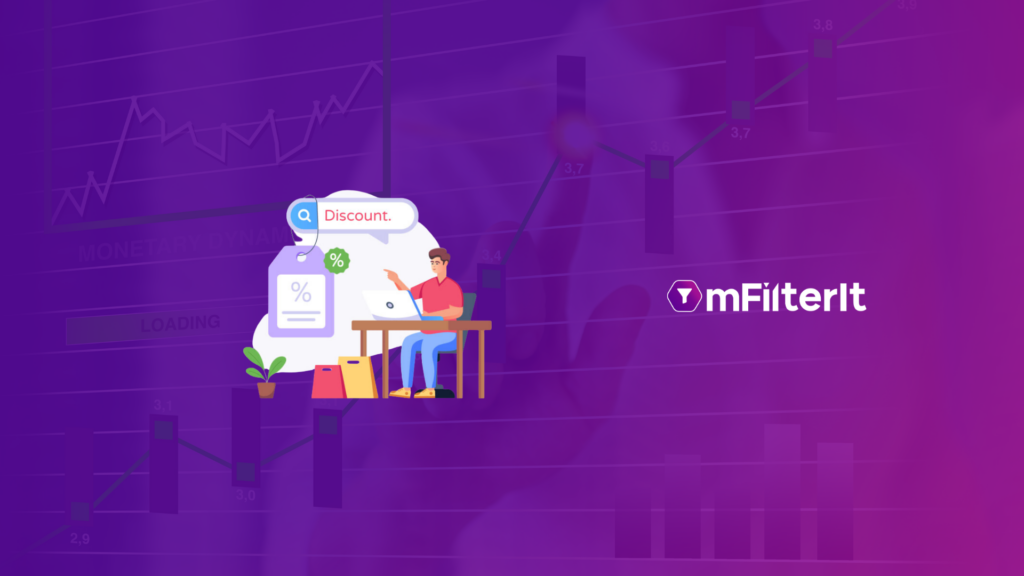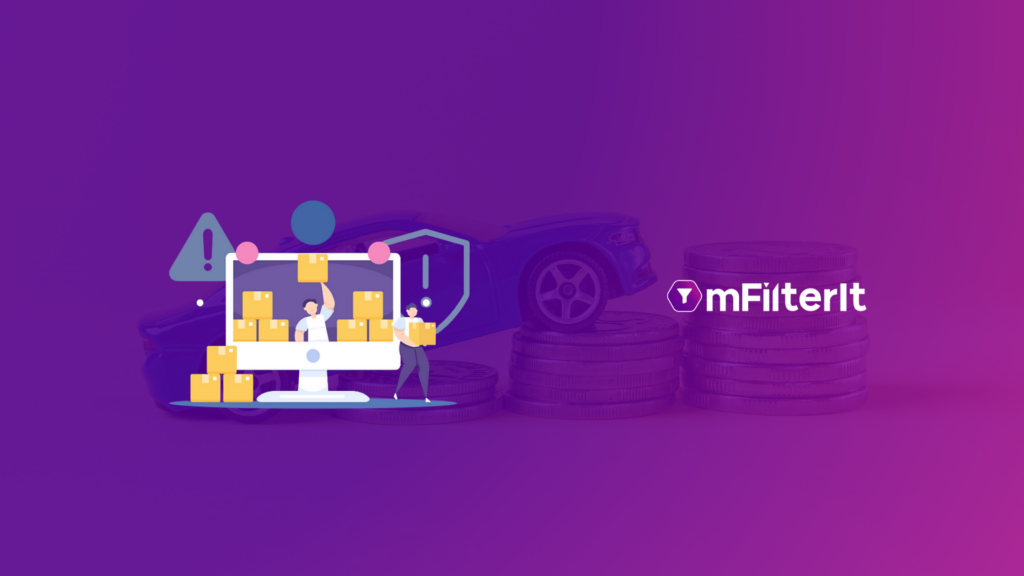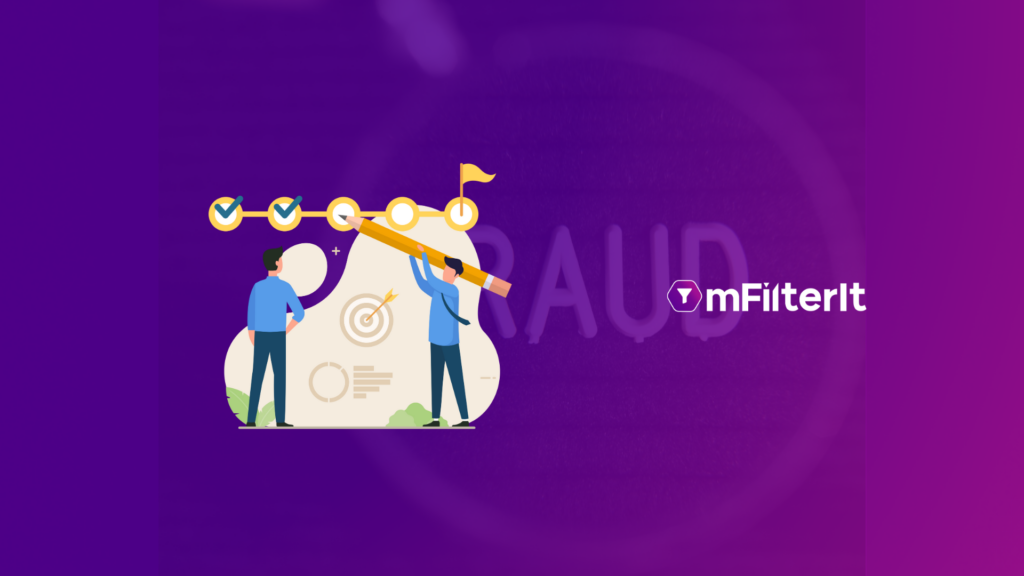Top Keywords: It all begins with Identifying them, Correctly!
Generally, consumers find new products on eCommerce platforms like Amazon, Flipkart, Shopee, etc., by navigating or searching on the platform itself. Whenever users type an alphabet or word in the search query, it displays head/short-tail, long-tail, and LSI keywords, which most users have used to find their desired product and the brands bid to rank their products. Brands also optimize their product pages by using the top searched keywords in their product page so that the listings display on the top. According to a source, 38% of global customers use Amazon to find their desired products. Top keywords are the ‘most popular searches’ under a category of an eCommerce platform. The popularity is based on the keywords with the highest search volume. Ranking high on such words or phrases ensures a higher share-of-shelf on the top pages as well as higher visibility, brand awareness, click-through rate, add-to-cart, and conversions/sales. Today, brands need to measure the search performance of their product’s top generic, brand, and competition keywords under a category to achieve a higher market share. Searches on eCommerce marketplaces have navigational, commercial, transactional, or informational intent. For example, navigational intent keywords consist of brand names with the product type, enabling consumers to find their desired product faster, e.g., ‘MIVI earbuds.’ Similarly, transactional intent could mean ‘t-shirt under 799’ or ‘shoes under 15000,’ wherein the online shopper is searching for products under a defined price tag and could desire a specific brand too, e.g., ‘Levis t-shirt under 1200’. Likewise, commercial keywords refer to comparative searches, like ‘Batman t-shirt’ – here, the brand is non-specific, but the intent to buy a specific product type is clear. Informational keywords refer to ‘best shoes for football’ or ‘best gaming smartphones.’ Identifying Top Keywords Using AI and ML Keywords can entice, hook, or allure consumers to check out a product on the eCommerce platform. Finding the top keywords of your brand can offer insight into the consumer’s mindset while searching for your product and that of your competitors under a category. Many marketers might suggest that traditional methods of using URLs, suggested keywords, consumer intent keywords, etc., could help to find keywords, but these methods have limitations. Now, brands can easily identify and analyze their performance on top generic, competition, and sponsored keywords and the competition using our eCommerce Competitive Analytics tool, mScanIt. This tool enables the brands to see their share at a deeper level compared to their competition by using the multiple filters given in the tool such as brand, sub-brand, variants, SKU, etc. Moreover, the brand could also use a keyword planning tool to find the keywords with the highest share and optimize the Product Detail Pages (PDPs) accordingly. On the other hand, the highest-grossing competition keywords would help the brand find areas of improvement across platforms or ask whether the product needs to have this keyword. A few common questions that brands can answer using mScanIt capabilities: What is the overall SOS of your brand compared to the competition on the top keywords of the eCommerce platform? Are the ongoing page optimization delivering successful SEO (Search Engine Optimization) and SERP (Search Engine Results Pages) on e-commerce platforms? Can/Should the brand add new keywords to its product page copies? Which keywords are the competition brands more focused upon, and what is its impact on the brand’s SOS on the eCommerce platform? Are any keywords with high competition share more relevant than your existing ones? Is there any other keyword that is more consumer intent-centric than your existing ones? Which keywords are most of your competitors using – long-tail, short-tail, or LSI? Are the competitors spending more on paid or relying on organic searches? Discoverability becomes vital to brands as eCommerce platforms are built for purchasing products. Understanding the relevance of the top keywords by measuring your brand’s Share-of-Shelf becomes crucial for enhancing the product discoverability. Some marketers suggest that monitoring reviews offers insights into the pros and cons of a product, which is certainly true and simultaneously enables one to find long-tail keywords. Unfortunately, identifying keywords relevant only through a single source doesn’t offer perspective. Therefore, brands need to identify the top keywords from every possible source. Using multiple filters, the solution also sights the most promising/critical aspects of a brand and its competitors. (Read here) A single category page on Amazon could consist of up to 50 product listings, which means your brand’s single variant competes with 49 other listings, some of these could be of your brand as well. Analyzing the top keywords on the eCommerce marketplace’s digital shelf helps the brand increase its page positioning/ranking and enhance visibility. Bottom Line Targeting top keywords has become necessary for increasing the brand’s discoverability and thus, sales on e-commerce platforms. Our solution, mScanIt, makes it possible for brands to weigh the relevancy of their relevant keywords on eCommerce marketplaces, especially when paid searches get involved in the business. Today, brands need to focus on the top keywords for measuring their SEO and SERP, making the PDPs more consumer-centric, assessing the keywords the competitors are focused upon, and more. Get in touch to learn more about the advantages of eCommerce Competitive Analytics for your business.
Top Keywords: It all begins with Identifying them, Correctly! Read More »

